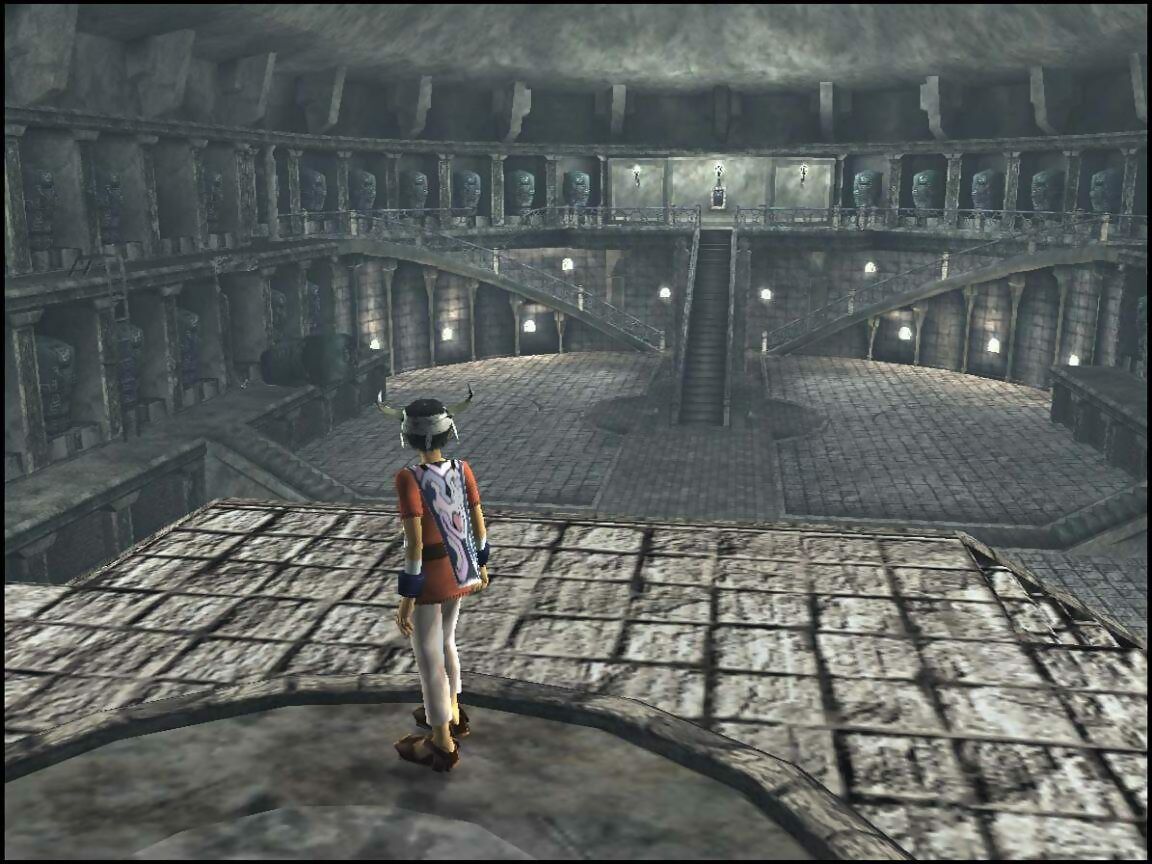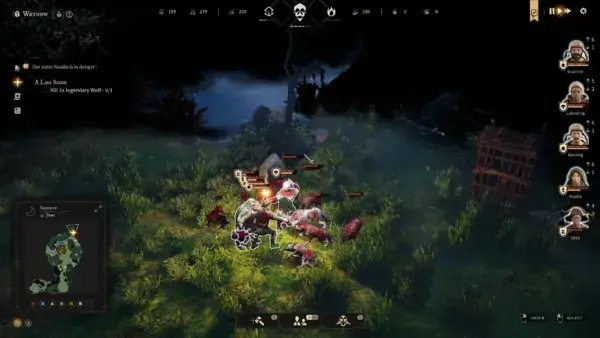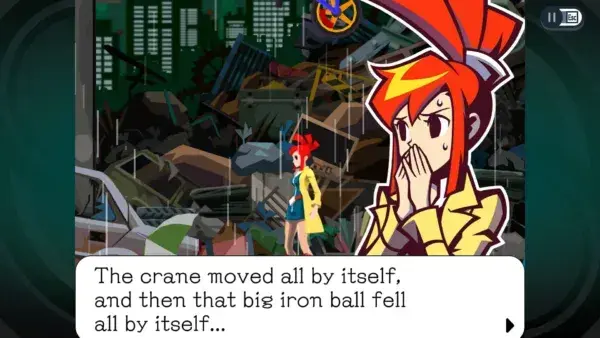
Revisiting a much-loved old game can often be like going back to a real-world place you haven’t explored since you were a child: it’s the same, yet somehow smaller. Recognisable, yet the magic’s gone. Certainly, Ico – the 2001 game designed for the PlayStation 2 by the eminent Fumito Ueda – is beginning to look and feel its age in some areas. The one-button combat – never its strong suit to begin with – is still repetitive and not exactly brimming with reward. Once you’ve beaten one nebulous smoke creature to death with a stick, you’ve really beaten them all. The camera system, as it often was in earlier 3D games, is stubbornly wayward at times. The loop of guiding (and occasionally dragging) your ethereal sidekick, Yorda, from place to place, pushing blocks and unlocking doors, can sometimes feel a bit repetitive.
Nevertheless, Ico still has it where it counts: its story, of a young boy left to die in a mysterious castle, his attempts to escape its spooky environs, and his growing friendship with the daughter of an evil queen, remains captivating. But what really soars, from a gameplay perspective, is the location itself: Ueda and his team, working with simple polygons and textures, managed to create the illusion of a vast, unfathomably ancient structure. Built atop a network of tiny islands, it’s a place of echoing hallways and huge, lonely atriums. There are narrow bridges that stretch far out across the sea. There’s evidence of an advanced society that has long since fled for reasons that are never made clear. The castle still feels like a real place worth exploring even today – partly because so many of its architectural details feel logical and cleverly thought-through. One set-piece takes place on and around a windmill located on a cliff where it can catch the sea breeze. As you’re exploring it, you can imagine its function: this is where the community that once lived here might have milled flour, perhaps.

Ico wasn’t a huge hit for Sony when it emerged in September 2001, and to this day, it remains one of those games that’s probably more written about by excitable games journalists than actually played. But Ico was, and remains, an enormously important game for two reasons: first, it laid the groundwork for Ueda’s much better-known Shadow of the Colossus, which is itself one of the most influential games to have emerged from Japan in the past 20 years. Second, Ico raised the bar for environment design: here was a game that used its setting not just as a backdrop, but to get across specific emotions without resorting to endless cutscenes or explanatory text. The vastness of Ico’s castle serves to underline the smallness and frailty of its two young leads; its emptiness and sense of decay wordlessly communicates the loneliness and despair Yorda must feel as she’s trapped in its walls with her wraith-like mother.

In a 2013 article, WIRED journalist Chris Kohler pointed out just how influential Ico’s design has quietly become: developers as diverse as Halo 4’s creative director Josh Holmes and Rime designer Raúl Rubio Munárriz profess their affection for the game. Uncharted 3’s developers reportedly used Ico as a creative touchstone during their game’s production. Phil Fish’s perspective-shifting platformer Fez and Josef Fares’ heartfelt adventure Brothers: A Tale of Two Sons also draw on Ico’s quiet, desolate tone to one degree or another. The most dramatic story of inspiration, however, comes from designer Hidetaka Miyazaki. In a 2015 Guardian interview with Simon Parkin, Miyazaki described himself as unambitious and lacking in direction, at least until he got his hands on Ico. “That game awoke me to the possibilities of the medium,” Miyazaki said. “I wanted to make one myself.”
Miyazaki would, of course, go on to design Dark Souls – another of Japan’s pivotal releases from the past decade or so. That Ico’s dark fairy tale has left such a mark on Miyazaki and other designers, and coaxed them into making games of their own, is a testament to the power of what Ueda and his squad of artists created. Even 20 years on, the magical power that haunts Ico’s lonely castle remains undiminished.





